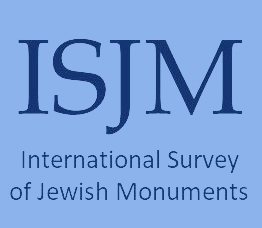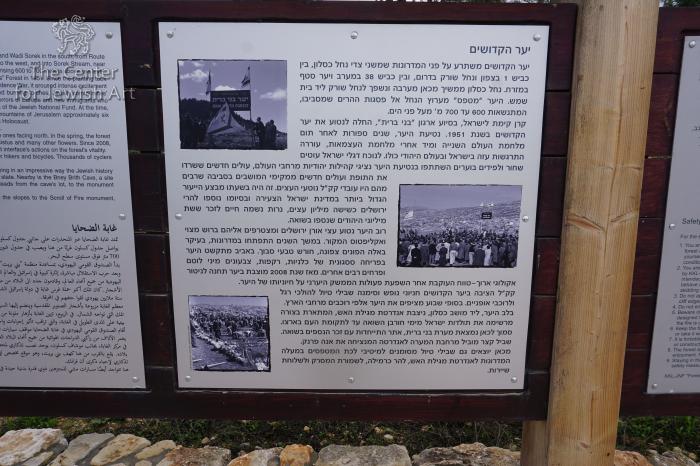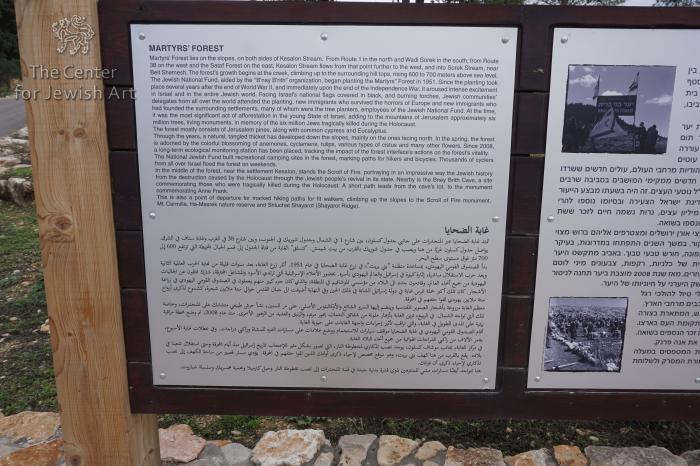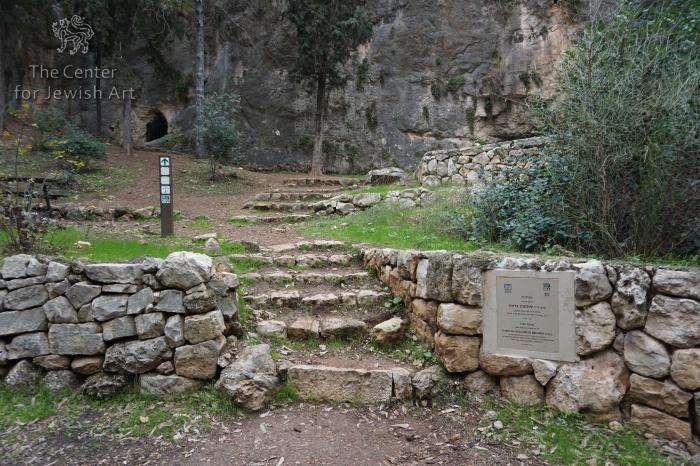Obj. ID: 42722 Forest of the Martyrs, Israel, 1951

Name
Forest of the Martyrs - יער הקדושים
Who is Commemorated?
Jewish victims of the Holocaust
Description
The Martyrs’ Forest was planted by the Jewish National Fund (JNF, Keren Kayemet Le-Israel) in memory of the Holocaust Jewish victims. It is situated along the road from Eshtaol to Jerusalem, which in the 1950s was the only road connecting Jerusalem with the rest of the country. The Forest has 6,000,000 trees in memory of six million Jewish victims of the Holocaust and is divided into areas dedicated to each country, with the number of trees reflecting the number of Jews killed in that country. Two special forests are dedicated to the ghetto fighters and to the “martyr children” – one of the first initiatives to commemorated children that perished in the Holocaust.
Three major monuments in the Forest are:
The Scroll of Fire by Nathan Rapoport (description will be added later);
The Martyrs' Cave:
and the Anne Frank Memorial:
There are also:
The Gate to the B'nai B'rith Martyr's Forest:
and a wall with names of the communities and private people commemorated in the Forest:
Inscriptions
There are numerous plagues and information stands bearing dedications, donors' name and explanations in Hebrew and English.
Commissioned by
Jewish National Fund with funding from survivors' organizations, other organizations, and private people.
The first trees for the forest were planted on March 7, 1951, in a ceremony attended by Holocaust survivors, representatives of the government, the Jewish Agency, the Chief Rabbi and others (see newspaper articles in the Bibliography).
The initial plan to collect the names of perished Jews in special books and to construct special pavilions to keep those books were abandoned after the opposition from Yad Vashem, which was still in the process of establishment. In the beginning of 1952, an agreement was reached between Yad Vashem and JNF about the division of collected donations and about separation between the Martyrs’ Forest and Yad Vashem (Bar 2011, p. 114-115).
The first national ceremony in memory of the victims of Holocaust took place in the Forest, near the future Martyrs’ Cave, on April 21, 1952 (Bar 2011, p. 116). It gave a start to a wide fundraising campaign among the organizations of survivors in Israel, which finally found a suitable form for commemoration of the victims combined with the contribution to the development of Israel’s landscape (Bar 2011, p. 118).
The forests of the ghetto fighters and the “martyr children” were planted on Tu Bishvat 1953. In the same year began with the plantation of forests for different European countries (Czechoslovakia, Bukovina, Bessarabia, Poland, Hungary, and others). For the forest of Yugoslavia, bags with earth from cemeteries and concentration camps in that country were brought (Bar 2011, p. 122). The Forest of Belgium and Netherlands, the Forest of Bergen-Belsen, and the Hadassah Forest were planted in 1954 (Bar 2011, p. 126).
A new conflict between Yad Vashem and JNF emerged in 1953, to be solved in an agreement of December 4, 1953, about inclusion of the Martyrs’ Forest into Yad Vashem and the assistance of JNF in fundraising for Yad Vashem (Bar 2011, p. 124). As a consequence of this agreement, the national ceremonies of Yom Ha-Sho’ah were held in the Martyr’s Forest in 1954 and 1955 (Bar 2011, p. 125). When the official ceremony was brought to Jerusalem in 1956, JNF continued to held its ceremonies in the Forest (Bar 2011, p. 126-128).
In 1956, JNF announced that only two million trees were planted (Bar 2011, p. 127).
Bar, Doron, "'Le'an nifneh be-yom ha-sho'ah?': 'Yaar ha-kdoshim' ve-ha-hitlabtut be-se'elat zekher ha-sho'ah." Kathedra 140 (July 2011): 103-130, https://www.jstor.org/stable/23409592 (accessed September 14, 2022)
Elchanani, A.H., "Nita 'ya'ar ha-kdoshim' le-zekher halalei ha-sho'ah" Davar, 8 March 1951, p. 4, https://www.nli.org.il/he/newspapers/dav/1951/03/08/01/article/72/?srpos=25&e=------195-he-20--21-byDA-img-txIN%7ctxTI-%d7%99%d7%a2%d7%a8+%d7%94%d7%a7%d7%93%d7%95%d7%a9%d7%99%d7%9d-------------1 (accessed September 14, 2022)
"Huhal be-neti'at 6 milion etzim be-'ya'ar ha-kdoshim'," Al Ha-Mishmar, 8 March 1951, p. 1., https://www.nli.org.il/he/newspapers/ahr/1951/03/08/01/article/9/?e=-------he-20--1--img-txIN%7ctxTI--------------1 (accessed September 14, 2022)
"Huhal be-neti'at "ya'ar ha-kdoshim," Ha-Aretz, 8 March 1951, p. 4., https://www.nli.org.il/he/newspapers/haretz/1951/03/08/01/article/79/?srpos=26&e=------195-he-20--21-byDA-img-txIN%7ctxTI-%d7%99%d7%a2%d7%a8+%d7%94%d7%a7%d7%93%d7%95%d7%a9%d7%99%d7%9d-------------1 (accessed September 14, 2022)
"Ya'ar ha-kdoshim' nita be-harei yerushalayim," Ha-Tzofe, 8 March 1951, p. 4., https://www.nli.org.il/he/newspapers/hzh/1951/03/08/01/article/76/?srpos=27&e=------195-he-20--21-byDA-img-txIN%7ctxTI-%d7%99%d7%a2%d7%a8+%d7%94%d7%a7%d7%93%d7%95%d7%a9%d7%99%d7%9d-------------1 (accessed September 14, 2022)



















